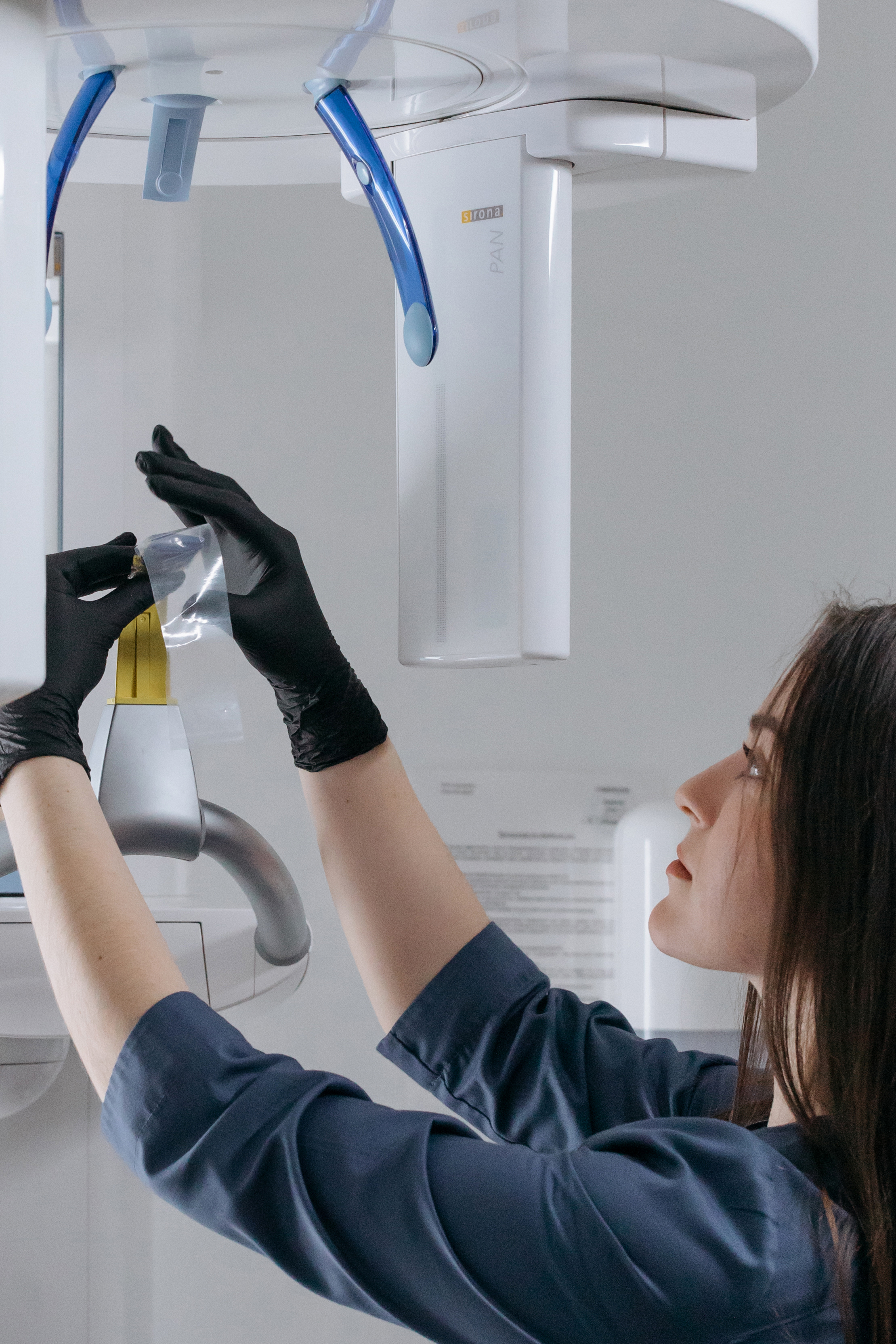 CBCT the acronym of Cone Beam Computed Tomography, stands out as a revolutionary technology that has transformed the way healthcare professionals visualize and diagnose complex anatomical structures. CBCT has gained immense popularity due to its ability to provide high-resolution 3D images with minimal radiation exposure, making it a valuable tool across various medical fields.
CBCT the acronym of Cone Beam Computed Tomography, stands out as a revolutionary technology that has transformed the way healthcare professionals visualize and diagnose complex anatomical structures. CBCT has gained immense popularity due to its ability to provide high-resolution 3D images with minimal radiation exposure, making it a valuable tool across various medical fields.
What is Cone Beam Computed Tomography (CBCT)?
CBCT is a specialized and advanced imaging technique that utilizes cone-shaped X-ray beams to generate a series of cross-sectional images, similar to regular computed tomography (CT) scans. The main difference between traditional CT and CBCT lies in the imaging process. While CT scanners rotate around the patient, capturing multiple slices, CBCT utilizes a single rotation to capture a volumetric dataset, which provides a 3D representation of the region of interest.
How Does CBCT Work?
The CBCT system consists of a C-arm that houses the X-ray source on one side and a detector on the other. During the scan, the C-arm revolves around the patient, capturing a series of X-ray images from different angles. These images are then reconstructed into a 3D volume using advanced computer algorithms. The generated images provide detailed anatomical information, providing clinicians in diagnosing and planning treatment with remarkable precision.
Applications of CBCT in Medicine:
- Dentistry: CBCT has significantly impacted the field of dentistry by revolutionizing dental imaging. It allows dentists to visualize teeth, jawbones, nerve pathways, and surrounding structures in three dimensions. This has proven invaluable for diagnosing dental conditions, planning of dental implant procedures, and performing endodontic procedures.
- Orthopedics: In orthopedic medicine, CBCT is used to assess complex fractures, deformities, and joint-related issues. It aids in pre-operative planning, guiding surgeons during intricate procedures, and evaluating postoperative outcomes.
- ENT: CBCT plays a critical role in evaluating the paranasal sinuses, nasal cavities, and temporal bone in ENT conditions. It aids in diagnosing chronic sinusitis, nasal obstructions, and other disorders of the upper airway.
- Maxillofacial and Oral Surgery: CBCT has revolutionized the field of maxillofacial and oral surgery, enabling surgeons to visualize anatomical structures in 3D and plan complex procedures, such as orthognathic surgery and reconstructive procedures.
- Radiation Oncology: In radiation oncology, CBCT is used for precise treatment planning and image-guided radiation therapy. It ensures that the radiation is accurately delivered to the tumor while minimizing exposure to surrounding healthy tissues.
- Interventional Radiology: CBCT is utilized during minimally invasive procedures to guide the placement of catheters, stents, and other devices within the body.
Advantages of CBCT:
- High-resolution 3D Imaging: CBCT provides precise & detailed, high-resolution 3D images that offer a comprehensive view of the anatomical structures of interest.
- Minimal Radiation Exposure: Compared to conventional CT scans, CBCT exposes patients to lower doses of radiation, making it safer for certain patient populations.
- Non-invasive and Quick: CBCT scans are non-invasive and can be completed in a relatively short time, reducing patient discomfort and wait times.
- Precise Treatment Planning: CBCT enables healthcare professionals to plan treatments with increased accuracy, resulting in better outcomes for patients.
Conclusion:
Cone Beam Computed Tomography (CBCT) has without a doubt revolutionized medical imaging and transformed the way healthcare professionals diagnose and treat various conditions. Teeth Care Centre, the Best Dental Clinic in Ahmedabad, believes in staying up to date with the latest advancements. Dr. Pankti Patel, the Chief Dentist of TCC, who has specialized in Oral Medicine and Oral Radiology, uses CBCT as a diagnostic tool and also for treatment planning of time-consuming surgeries like Implant surgery and complex wisdom tooth surgery, etc., for all our patients to provide them with the best treatment possible. As technology continues to advance, CBCT is likely to further enhance patient care and contribute to medical breakthroughs in the future.